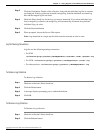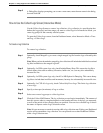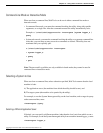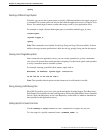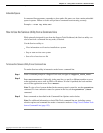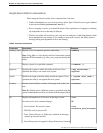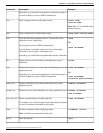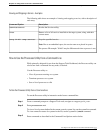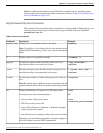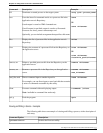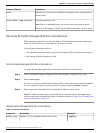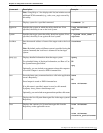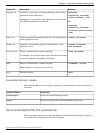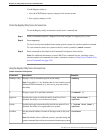
Example:Description:Command:
Optionally, you can include an argument to dump this output to a
local file. Output is stored as XML-formatted text.
>start <pid>
<service_name>
Starts a stopped service on the target system.start
Note: Enter "0" for the PID when
starting a service.
>stop <pid> <service_name>Stops a started service on the target system.stop
>saveSaves the latest list command results to a services file in the
application server's Repository.
save
OR
Saved output is stored as XML-formatted text.
>save <filename>
If no file name is specified, output is saved to a file named:
ServicesList <host_name> <timestamp>.xml.
Optionally, you can include an argument that specifies a file name.
>filesDisplays the list of services files in the application server's
Repository.
files
>view <filename>Displays the contents of a services file from the Repository on the
application server.
view
OR
Optionally, you can include an argument to dump this output to a
local file. Output is stored as XML-formatted text.
>view <filename>
<localfile_path\filename>
>remove <filename>Deletes a specified services file from the Repository on the
application server.
remove, rm
>rename <filename>
<new_filename>
Renames a services file in the Repository on the application server.rename, ren
>read <filename>Directs command input to another input file.read_file, read
For example, you can direct input to run a batch file that contains
a series of commands executable by this utility.
><command> /silentExecutes command without displaying output.silent
Note: Available in command-line mode only.
>quitEnds the program.quit, q
Cisco Support Tools User Guide for Cisco Unified Software Release 2.1(1)
130
Chapter 12: - Using Cisco Tools from a Command Line
How to Use the Services Utility from a Command Line



